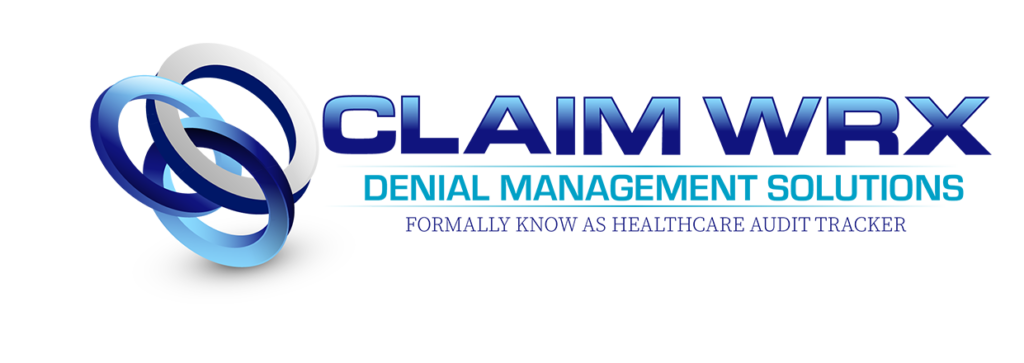
- Adoption of Cloud-based Solutions: As healthcare data volumes continue to grow exponentially; traditional data storage and management systems often struggle to keep pace. Cloud-based solutions offer virtually unlimited storage capacities and are easily scalable to accommodate growing data needs. They also provide healthcare institutions with flexible and cost-effective options, eliminating the need for large upfront capital investments in IT infrastructure. Cloud-based platforms can also enhance collaboration between different healthcare providers, enabling them to easily and securely share patient data, which can improve patient outcomes.
- Interoperability: In the healthcare sector, different systems and applications often need to communicate to provide holistic and effective patient care. For example, a general practitioner’s systems need to be able to communicate with hospital systems, pharmacy systems, and other healthcare providers. Interoperability also extends to health insurance companies, regulatory bodies, and research institutions. Achieving interoperability requires adherence to data standards, use of APIs, and commitment to protocols that ensure the smooth exchange of information. This connectivity can improve the efficiency of healthcare delivery, reduce medical errors, and enhance patient care.
- Use of Artificial Intelligence (AI) and Machine Learning (ML): AI and ML technologies can analyze large datasets much more quickly and accurately than traditional data processing methods. In the healthcare setting, they can help identify trends and patterns in patient data, predict health risks, and suggest preventive measures. For example, ML algorithms can analyze a patient’s medical history and lifestyle factors to predict their risk of developing a chronic condition like diabetes or heart disease. AI and ML are also used to develop more personalized treatment plans and assist in medical research, including drug discovery.
- Data Security and Privacy: Data breaches can have severe consequences in healthcare, ranging from financial penalties to damage to the organization’s reputation and, most importantly, harm to patients. To protect sensitive patient data, healthcare organizations are investing in advanced cybersecurity measures, such as encryption, multi-factor authentication, and intrusion detection systems. They are also developing data governance policies that comply with regulations like HIPAA in the U.S., GDPR in Europe, and other regional data protection laws.
- Real-Time Data Analysis: With the advancement of IoT devices and wearable technology, real-time patient data collection and analysis have become possible. Continuous monitoring of patient vitals, blood glucose levels, physical activity, etc., can provide valuable insights into a patient’s health. This data can be used to make immediate treatment decisions, monitor patients’ recovery, and personalized healthcare plans.
- Data Standardization: To ensure the effective exchange and use of health information, the data needs to be standardized. This means that it should be in a consistent format that can be easily understood and used by different healthcare systems. Standards like FHIR (Fast Healthcare Interoperability Resources), LOINC, SNOMED CT, etc., are being increasingly adopted. They ensure that clinical information, test results, medical conditions, and other types of health data are represented consistently across different systems.
- Patient-Generated Health Data: With the growth of telemedicine and wearable devices, patients are generating more data outside of traditional healthcare settings. This can include data on daily physical activity, heart rate, sleep patterns, and more. This data provides additional insights into a patient’s health and lifestyle, which can contribute to more comprehensive and personalized care. Healthcare organizations are working on integrating this data into their systems and making it a valuable part of the patient’s health record.
- Data Governance: Effective data governance ensures that high-quality data is available, reliable, and used correctly within a healthcare organization. It involves establishing clear policies and procedures for data management, including data collection, storage, analysis, sharing, and protection. It also involves assigning roles and responsibilities for data management tasks. Data governance helps healthcare organizations comply with regulatory requirements, improve operational efficiency, and make better decisions based on reliable and accurate data.

How Medlinks Cost Containment uses the latest in Data Management to achieve Denials Management Solutions for Healthcare
Medlinks Cost Containment’s application Claim WRX, powered by Salesforce, has a robust system in place to handle and win clinical medical necessity appeals for their clients. This application utilizes advanced features and statistical analysis to support a success rate of 75% or higher in winning these appeals. Here’s a discussion on how Claim WRX achieves this:
- Comprehensive Data Integration: Claim WRX integrates seamlessly with various healthcare systems and collects comprehensive data related to the claims and appeals process. It consolidates information from medical records, billing codes, treatment guidelines, and payer policies, providing a holistic view of the case.
- Decision Support Algorithms: Claim WRX employs sophisticated decision support algorithms that analyze the collected data. These algorithms compare the patient’s medical records and treatment plans against payer policies and industry-standard guidelines to determine the strength of the clinical medical necessity appeal.
- Clinical Expertise: Medlinks Cost Containment has a team of experienced medical professionals who possess deep domain knowledge and expertise in different specialties. These clinical experts collaborate with the data analysis team to review and validate the algorithms’ results, ensuring accuracy and credibility.
- Evidence-Based Approach: The application relies on evidence-based medicine to strengthen the appeal process. Claim WRX leverages a vast database of clinical studies, research papers, and medical literature to support the argument for medical necessity. This evidence-based approach enhances the chances of winning an appeal.
- Customized Appeal Letters: Claim WRX generates customized appeal letters that are tailored to the specific case. These letters present a compelling argument, citing relevant medical literature, clinical guidelines, and industry standards. The application ensures that the appeal letters are compliant with regulatory requirements and payer-specific guidelines.
- Real-Time Analytics and Insights: Claim WRX provides real-time analytics and insights to clients, allowing them to track the progress of their appeals. The application generates reports and visualizations that highlight key metrics, success rates, and areas for improvement. This helps clients make informed decisions and optimize their appeal strategies.
- Continuous Learning and Improvement: Claim WRX leverages Salesforce’s powerful AI capabilities to continuously learn and improve its algorithms. The application analyzes historical data, identifies patterns, and refines its decision-making process over time. This iterative approach ensures that the system becomes more effective in handling and winning clinical medical necessity appeals.
By combining the power of data integration, decision support algorithms, clinical expertise, evidence-based medicine, customized appeal letters, real-time analytics, and continuous improvement, Claim WRX offers a comprehensive solution to handle and win clinical medical necessity appeals for Medlinks Cost Containment’s clients. This integrated approach supports a success rate of 75% or higher, providing significant cost-containment benefits to healthcare organizations.
Learn More: https://bit.ly/3DbiWVu

